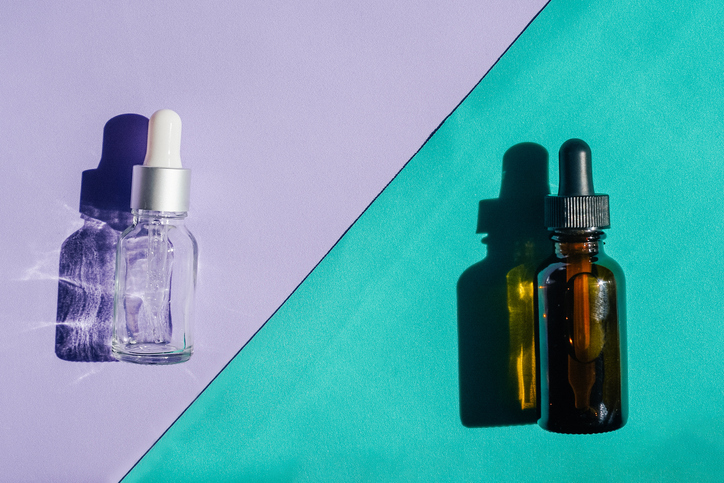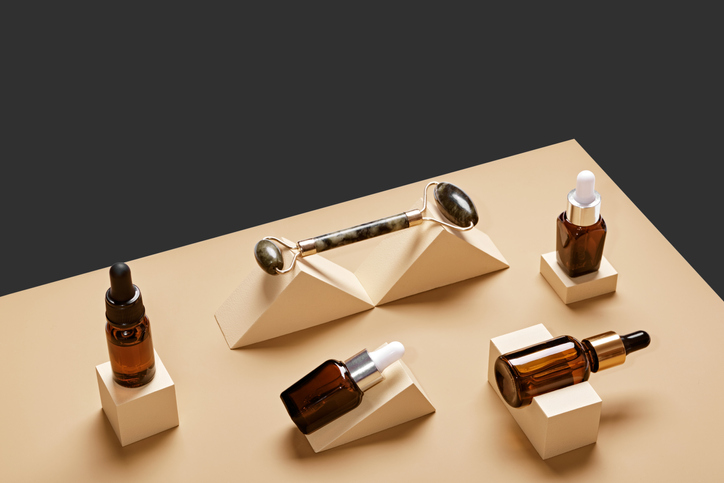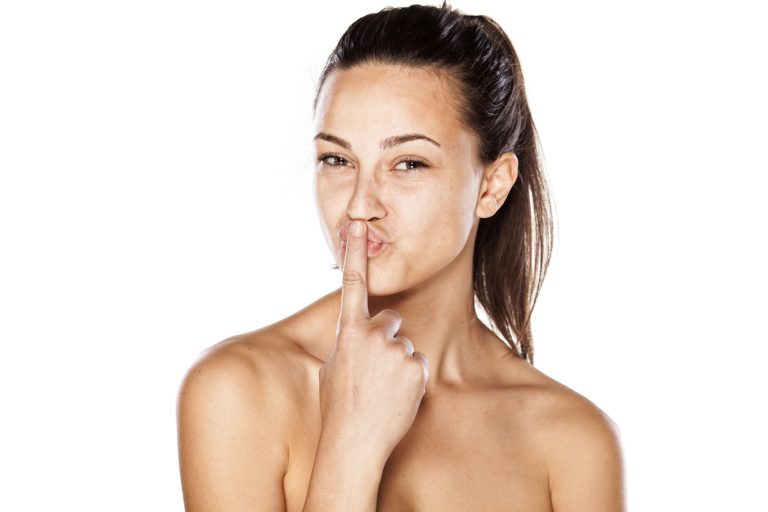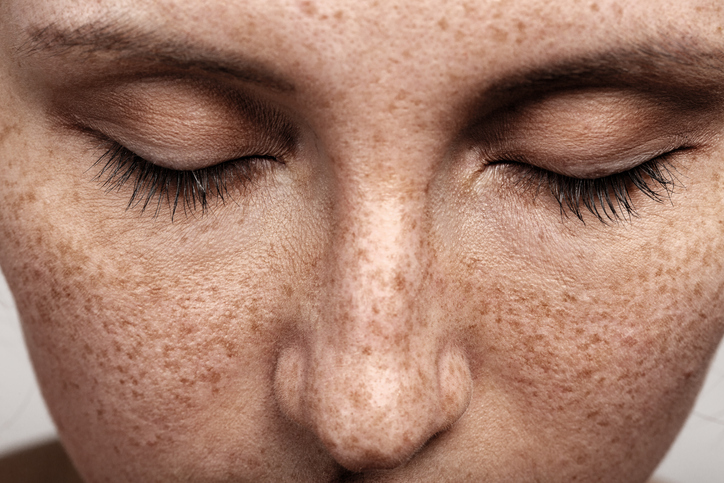Laser and non-laser microdermabrasion – Melbourne clinic
Microdermabrasion is used for softening or removing fine lines and wrinkles caused by sun damage. Microdermabrasion can also make a difference in acne scarring or skin with surface imperfections, including removing stretch marks and pigmentation. We use a laser but some other clinics use a diamond head to exfoliate the skin and remove dead skin cells mechanically. In our opinion, the Asclepion Erbium Laser is a better treatment option.
The microdermabrasion procedure
Depending on how deep the treatment required goes, a topical anaesthetic is sometimes applied to the face. Microdermabrasion is exactly what it sounds like, and therefore the anaesthetic protects from any discomfort that would otherwise be expected from the deeper treatments. The lighter treatments do not require topical anaesthetic. Protective eyewear is also required of both patient and practitioner.
Microdermabrasion is performed at ENRICH by a laser – the laser passes across the skin where the damaged skin or wrinkles are, with the beam penetrating the top layer of skin and removing the outer skin cells.
The laser will make a popping sound. After the treatment, a special soothing cream is applied to the face to keep it from drying out.
Microdermabrasion recovery and results
Right after microdermabrasion, the skin will change colour slightly, but this will depend on how deep the laser needed to go. Redness is usually gone within a day, and sometimes, minor scabbing will appear. This also settles within days.
Sunscreen is very important after microdermabrasion, since your new skin is so delicate and fresh. Any sun will damage it. You can wear make-up a day or so after microdermabrasion.
The texture of your skin will be immediately improved. Risks include hyperpigmentation, but this is uncommon and will be discussed with you prior to your treatments.
Microdermabrasion is a quick, non-invasive skin rejuvenating treatment. The top layer of dead skin is removed, with fresh skin underneath being revealed. Skin is stimulated to produce collagen and elastin, and therefore skin feels hydrated and looks radiant.
Any skin type can benefit – dry or oily – and thick or thin skin, including scarring, acne, or wrinkles. You can be in and out in half an hour.
Benefits of microdermabrasion
- Improved texture
- Improved tone
- Hydrates
- Promote collagen production
- Reduces wrinkles
- Clears pigmentation
- Freshens your complexion
- Clears out skin congestion
- Reduces pore size
- Get your creams working harder for you
- Gentle
- Non-invasive
- Deep exfoliation
- Chemical-free
Conditions you can treat with microdermabrasion
- Fine lines
- Wrinkles
- Sun-damage
- Acne
- Acne scarring
- Scars
- Overproduction of oil
- Blackheads
- Whiteheads
- Large pores
- Age/liver spots
- Dull skin
- Congested skin
- Stretch marks
Microdermabrasion after-effects
Microdermabrasion is non-invasive procedure and recovery is relatively quick. You will feel a slight tingling, like a fine sandpaper going over the skin, with a warm, lightly sunburnt feeling afterwards.
After your treatment, you will experience some redness, at least for a few hours. The skin may shed dry skin over the coming days, which is normal. If you had acne treated, there may be small scabs that take a few days to go away. Do not pick! It can cause scarring.
A few days later, you will start to see fresh new skin appearing under the old.
Often one treatment is not enough – it’s depends on your age, the condition of your skin and your expectations. You may need to return in an ongoing way as part of your anti-ageing strategy but speak to your dermatologist. There may be other options or combinations that will be for you.
Microdermabrasion works on all skin types and tones, including sensitive skin. Some skin conditions won’t allow for microdermabrasion, however, for example those with rosacea may be dissuaded from having these treatments, as it may exacerbate your condition. Don’t forget though – there are always other options, so if you can’t have microdermabrasion, you will most certainly be a candidate for one of our other extremely effective skin rejuvenating treatments.
Who should avoid microdermabrasion?
- Anyone on strong medication for acne – skin is too fragile, ask your dermatologist
- Moderate to severe inflammatory acne – causes worse inflammation
- Rosacea – makes it worse, but if you’re clear, can work – ask
- Cold sores – treatments will make it worse, spread infection – wait it out
- Rashes, wounds, irritations, psoriasis, eczema, ringworm – clear it up first
- Topical retinoid use – ask
- Ask your dermatologist if you are a candidate for microdermabrasion
What are other options besides microdermabrasion?
Chemical peels
A chemical peel can be a good option to remove the top layers of skin. Chemical peels have improved over the years in both gentleness and effectiveness.
Chemical peels come in a variety of ingredients and aggressiveness, so the peel chosen for you by your dermatologist will determine the outcomes.




